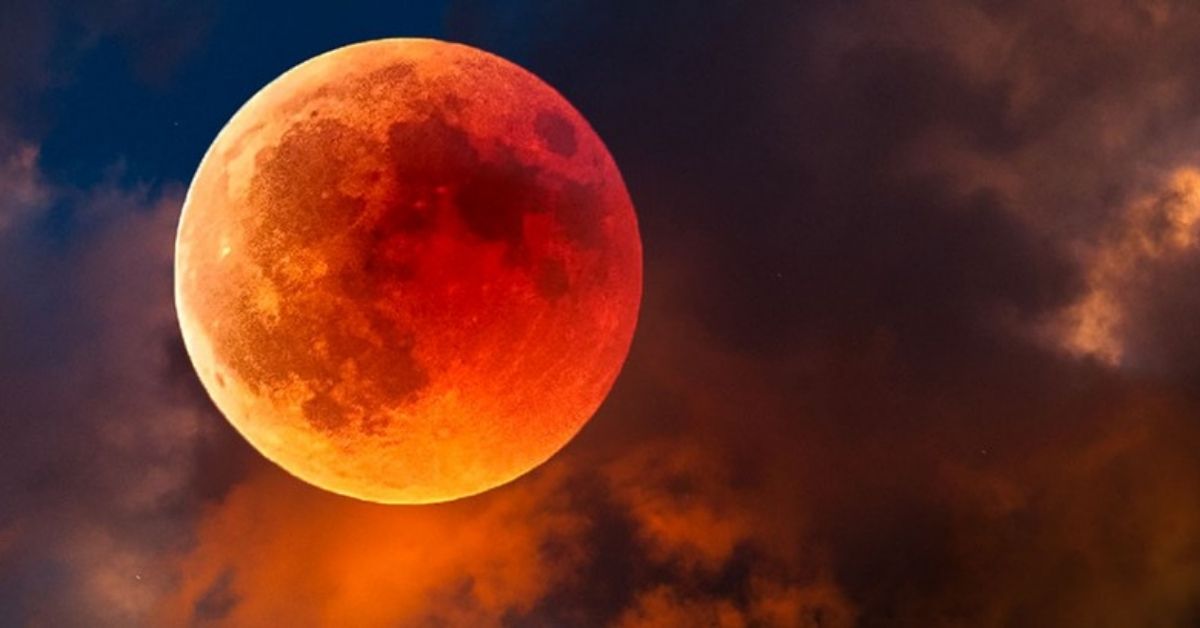The unique feature about the Lunar Eclipse on 19th November 2021
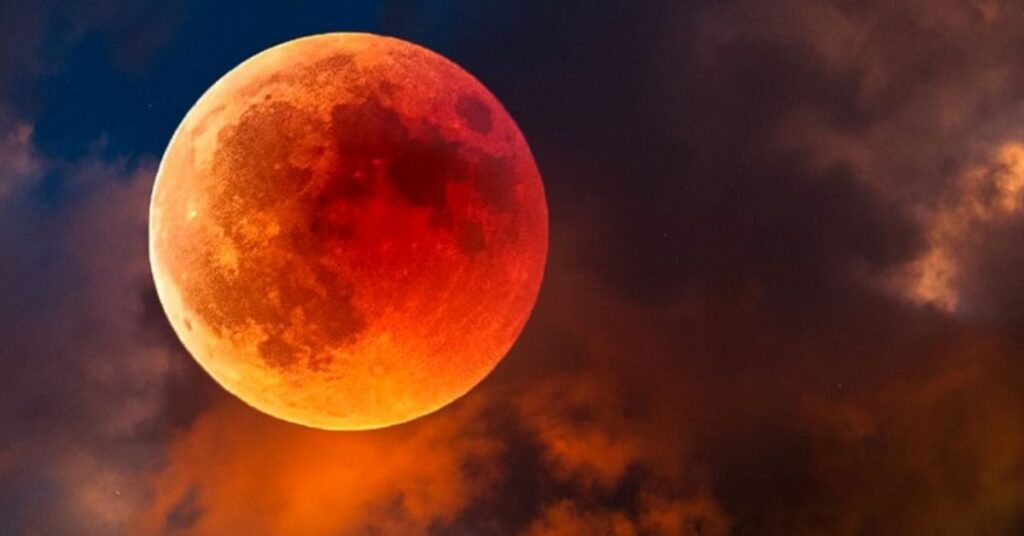
The Indiana Holcomb Observatory reports about the rare Lunar Eclipse,2021 which is going to occur on 19th November 2021(Friday). A lunar eclipse occurs when the Earth is between the Moon and the Sun when all three celestial bodies align into one linear position. As a result, the moon gets placed in the shadow of the Earth. The second and last Lunar Eclipse,2021 which will be witnessed after almost 600 years, is expected to turn the moon reddish, popularly called “The Beaver’s Moon”.
This will be the longest eclipse in terms of duration shadowing the moon by 97%.
Why is it a Red Moon or Blood Moon?
The red moon pertains to the Rayleigh phenomenon which is experienced at sunrise and sunset. The atmosphere reflects the red light and absorbs the blue light.
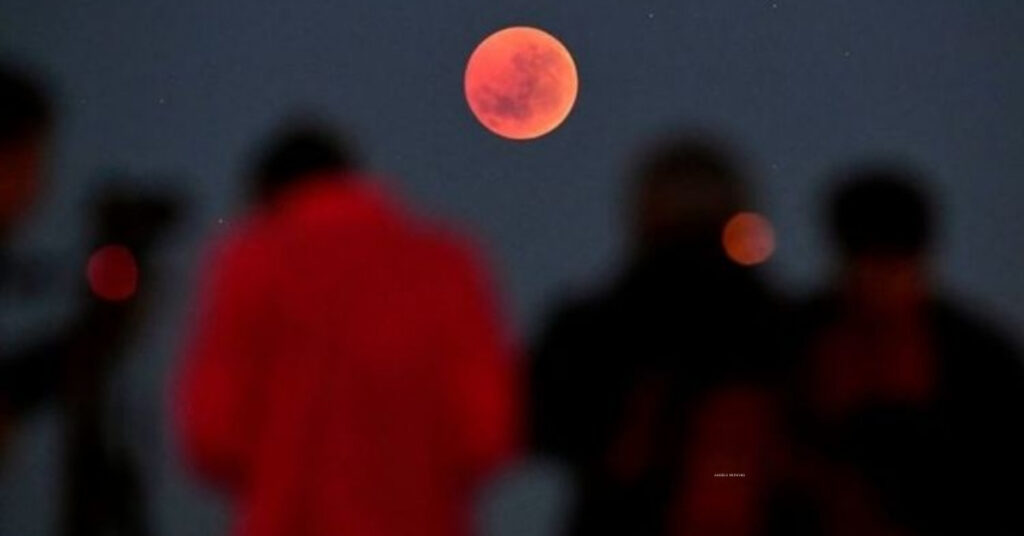
Why is it called Beaver’s Moon?
The Beaver’s Moon is an inquisitive sight especially for stargazers, night lovers, sky watchers, astrophysicists, and scientists when almost the entire moon is under the Earth’s shadow. The name of the so-called moon happens to be associated with the beavers as these lovely creatures start building their dams in November to hibernate for winters and are great by the moonshine of the full moon. Hence, the moon is named Beaver’s moon.
Places and Time of eclipse, 2021:
The phenomenon is seen on full moon day. It begins with the partial eclipse or the penumbral phase and then turns into the full eclipse phase when a part of the moon is under the umbral shadow of Earth transiting under the full umbral shadow of the Earth. The eclipse will be visible across South America, North America, Africa, Australia, Asia, the Atlantic Ocean, and the Pacific Ocean.

The final phase of the eclipse will start at 11:36 pm in India and end at 5:33 pm lasting for a total of 6 hours. The moonrise marks the beginning of the full and final phase of the Lunar Eclipse,2021. The final glimpse of the Lunar eclipse will only be visible in parts of North East India and Arunachal Pradesh and Assam.
North and South America, Australia, and parts of Europe and Asia can see the eclipsed moon. This moon will fall under the umbral and penumbral phases of the eclipse. As per the US time zone, the eclipse will begin on the Eastern side at 2.22 am progressing completely at 4.02 am visible in the early morning-night sky while on the Western side it starts at 11 pm ending at 1 am.
From where can you see the eclipse in India?
Anyone who wishes to view the eclipse in India can reach Itanagar (Arunachal Pradesh) at 16:26 and enjoy the observation till 17:33 which is 1hour and 10 minutes.
Tips for photographing the Lunar Eclipse:
Things to gear for photography:
- Tripod
- DSLR or mirrorless camera
- Telephoto lens
- Cable release
- Flashlamp or remote
- Timer or watch
- Flashlight
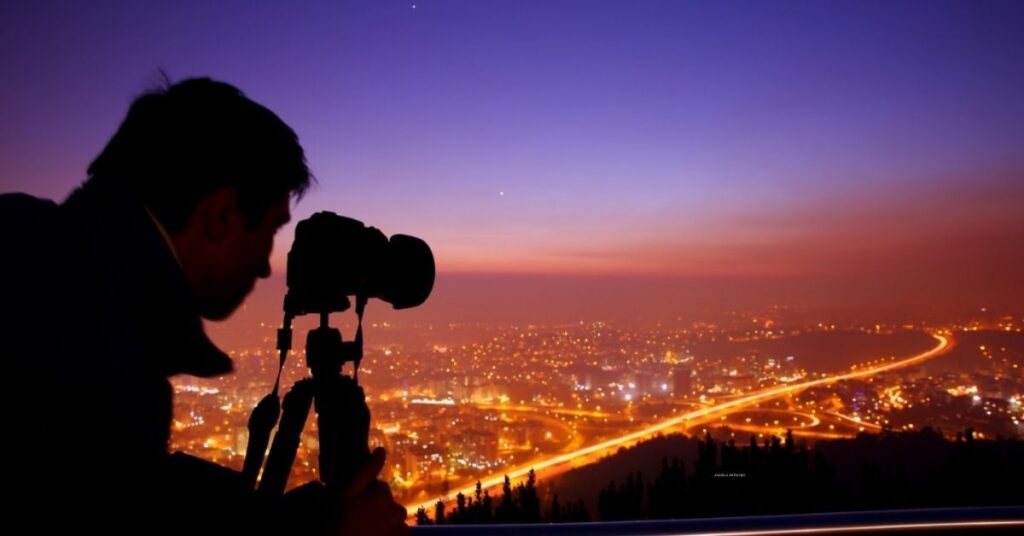
When the night sky is dark, a camera with a wide-angle and sharper focus is required. A telephoto lens is a must.
The preferable aperture lens size can be 2.8/f with a focus of 4 or 5. Professionals recommend cameras with an ISO capacity of 200 or 400 as their noise tolerating capacity is better. Colder temperatures reduce digital noise while warmer temperatures amplify it. Generally, nature permits a photographer to capture the moment in not more than 1/125th fractional second. A sturdy tripod is a must to stabilize the camera. 100 ISO works well for a partial eclipse while 200 or 400 ISO is suitable for a complete lunar eclipse.
Nikon cameras are an expert photographer’s choice in the majority of cases.
Good news!!! The telescope or camera lens of an HD DSLR is enough. Unlike a solar eclipse, you don’t need any special eyewear.
Points to take care of during the Lunar Eclipse:
Lunar Eclipse isn’t as harmful as solar eclipses. Prohibitions during an eclipse happen to be myths that need to be busted. The truth is that we can view them with naked eyes. You needn’t worry about carrying any gizmos or sunscreen or any eyewear to protect yourself. Not more than 3 Lunar eclipses occur once a year.
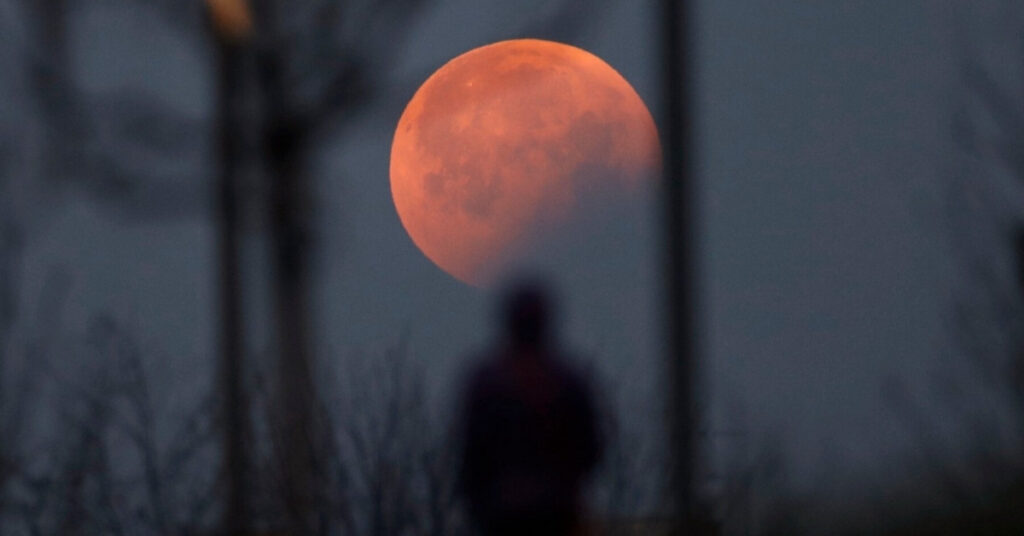
Full moons and new moons create intense vibrant energy in the cosmos making it the best time for manifesting and sending affirmations to the universe. So list down the wishes or desires you want to fulfill before the year comes to an end!
Can’t stop gazing at the beauty of the night sky? Check out: https://indiachalk.com/blog/what-is-astro-tourism-is-it-the-next-trend-in-this-industry/

